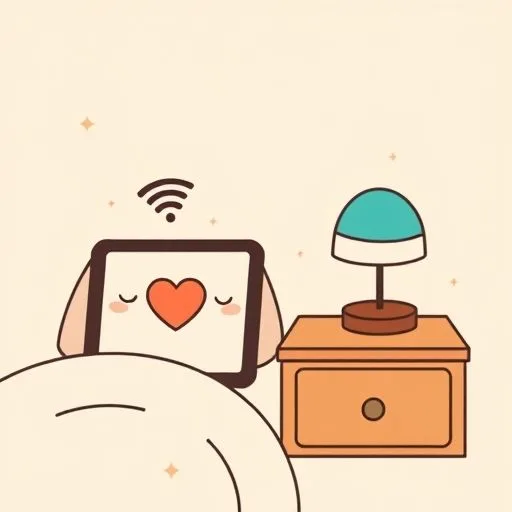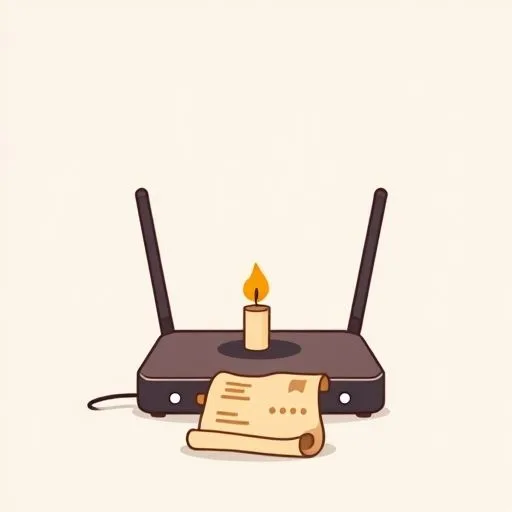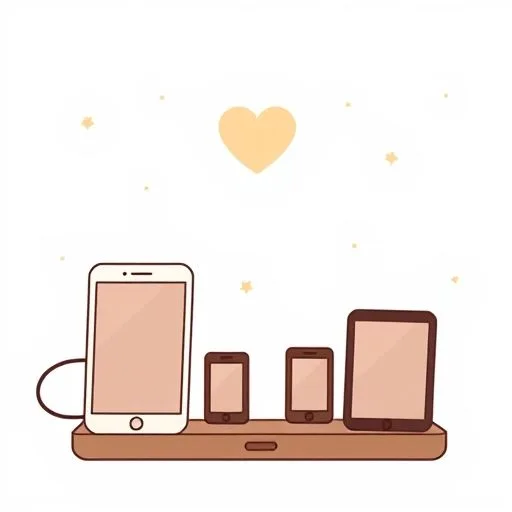
You know that quiet click when night mode finally activates on all our devices? It’s in that stillness I watch her—the way she tucks tablets into drawers like modern bedtime stories, how her thumb hovers over notification settings like she’s guarding sleep itself. We’ve become fluent in two languages: childhood laughter and Wi-Fi passwords. And somewhere between monitoring screen time and protecting digital footprints, we’re discovering our family’s rhythm—one that syncs better than any cloud service ever could.
The Dance of Swipe and Snack

Remember when parenting manuals warned about sugary snacks? Now we measure screen-time grams. But here’s what they miss—the way she transforms danger zones into connection points.
That moment our middle girl showed us her first digital drawing? She didn’t just praise the pixels. ‘Tell me about the story behind these colors,’ she whispered, turning screen glare into campfire intimacy.
It’s in these micro-shifts—the charging breaks where devices rest while we wrestle, the offline games that magically appear during updates—that she architects realness. We don’t fight screens. We just make sure they don’t crash the bedtime party—’cause childhood should always outshine the glow.
Safety Nets Woven in Quiet Hours

I find her sometimes at midnight, phone glow illuminating concern lines. She’s not scrolling social media—she’s quietly auditing parental controls, researching cyberbullying forums, decoding privacy policies like a digital detective.
What seems like strictness? It’s just love in disguise. When our oldest asked why we check his game chats, she didn’t lecture. ‘Because your heart deserves safe spaces,’ she said, ‘both here…’ pressing his palm to her chest ‘…and there.’
We talk more than we set rules. Instead of ‘no’ right away, we ask, ‘What do you think?’ Makes ’em part of the plan.
Our real controls? They’re not in settings, but in the way she always shows up. She’s there, even when the settings crash. No apps, just hugs.
When Disconnects Heal

The power went out last Tuesday. Instead of panic, she lit candles and declared ‘bonus storytime.’ No device chargers—just charging our family battery.
We often worry about screen dependency, but she taught me: It’s not about unplugging permanently. It’s keeping our love socket always more interesting than outlets.
Our kids don’t remember perfect screen-time ratios. They’ll remember the moment Mom transformed the broken router into treasure hunt clues. The real digital literacy? Knowing how to spark the magic when it’s missing.
Parenting Updates in Progress

Our tech rules change constantly because childhood isn’t a static app—it’s a series of necessary updates. What worked last month—that 30-minute timer—now blocks creative coding sessions. She adapts like software designed for love.
We talk more than we set rules. Instead of ‘no’ right away, we ask, ‘What do you think?’ Makes ’em part of the plan. When our tween begged for social media, we didn’t refuse—we co-created a ‘training wheels’ account together, her fingers guiding his through privacy settings.
Mistakes became lessons titled ‘How We Learn,’ stored in family cloud memory. Maybe that’s digital maturity: admitting our controls need controlling sometimes.
The Charging Station of Us

I woke last night to the softest glow—her adjusting the nightlight for our youngest. Around it lay our family tech: tablets sleeping, my work laptop shut down, her phone finally silenced.
Tomorrow will bring new screen battles and security alerts. But in this dim light, I see the truth: Our greatest parental controls aren’t in settings. They’re modeled through her patience when explaining internet stranger-danger during carpool, the pride when our daughter teaches Grandma video calls, those shared eye-rolls when devices demand attention during dinner.
We don’t balance screens against family time—we absorb tech into our human rhythm. So yes, set time limits. Check browser histories. But never forget the ultimate firewall raising these digital natives: Our presence, persistently reminding them—through every swipe, click, and crash—that real life waits patiently, deliciously unplugged.
Source: Dell’s AI Factory tackles enterprise adoption hurdles, Silicon Angle, 2025/09/30
